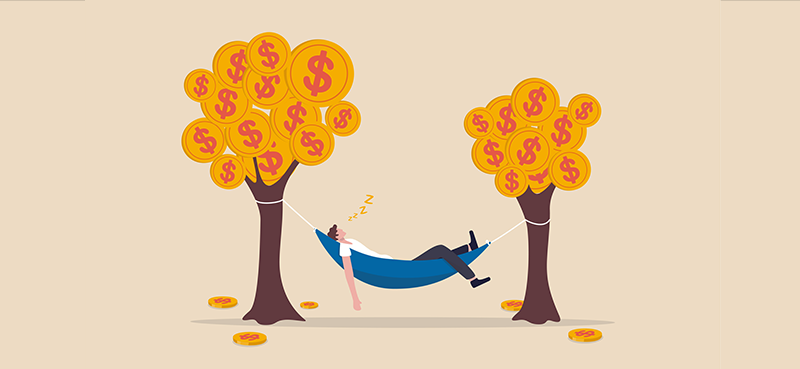Every year since the Great Recession, perma-bears predict that the next big banking crisis is around the corner…
And the doom-and-gloom headlines have only gotten worse as our national deficit and debt levels have risen to a staggering $1.7 trillion and over $35 trillion, respectively.
But the fact is, there’s next to no chance that we’ll see another 2008-style banking crisis again in our lifetimes.
Need proof?
Look no further than the annual Fed stress test.
Today, we’ll explain why fears of a banking crisis are completely overblown… and how savvy investors can profit from the “ultimate boys club.”
Let’s start by diving into the latest Fed stress test results.
Big banks could withstand the worst of times
Last week, the Federal Reserve released its annual stress test results for the 31 largest banks in the United States. All 31 banks passed with flying colors.
As a brief history lesson, the test—officially known as the Comprehensive Capital Analysis and Review (CCAR)—started in 2009 in response to the 2008 financial crisis, which exposed significant weaknesses in our country’s financial system. The test was devised to prevent a similar event by ensuring banks could withstand severe economic shocks.
To do that, it simulates economic conditions that include:
- Unemployment skyrocketing to 10%
- Home prices plummeting by more than 35%
- Commercial real estate values nosediving 40%
- Stock markets crashing 55%
- Real GDP declining by 8.5%
What’s more, all of these catastrophic events are simulated to happen within 12 months.
Put simply, it’s a financial doomsday scenario, the likes of which we haven’t seen since the Great Depression.
It’s important to note that we’re a long way off from those conditions.
That said, all 31 banks that were tested proved that they have more than enough capital to weather such a storm (in the highly unlikely event it occurs).
In fact, following the stress tests, 21 out of the 31 banks actually raised their dividends. JPMorgan Chase even announced a whopping $30 billion share buyback program.
When companies increase dividends and buy back shares, it’s a clear signal of financial strength and confidence in the future. It shows they’re not just getting by… they’re thriving.
But there’s another factor at play here besides the sheer size of these banks’ balance sheets…
The ‘ultimate boys club’
It’s important to note that when we say we won’t see another banking crisis, we’re talking about big banks.
We’ll continue to see more and more community banks fail every year.
That’s because they don’t have the same protections in place that big banks do. In fact, stringent regulations actually benefit larger banks, as they create barriers to entry for smaller competitors.
For one thing, because smaller banks don’t have the same capital requirements as big banks, they don’t have as big of a moat if things go south. As we’ve been seeing with recent community bank failures, this leaves them susceptible to bank runs and, ultimately, failure.
What’s more, community banks offer no benefits to depositors over their large-cap competitors. In other words, they’re much riskier… with no upside.
And when community banks do fail, big banks are rewarded with their assets.
It’s also worth noting that big banks have a lot of political pull. So in the unlikely event that they do face a crisis, the federal government has already shown that it’s willing to step in and bail them out.
Put simply, big banks represent the “ultimate boys club”—one that’s basically impossible for outsiders to break into…
If you can’t beat ’em, join ’em
You might not like the industry… but the truth is that big banks offer investors a rare combination of stability, income, and capital growth.
Consider adding exposure to the “big four”—JPMorgan Chase, Bank of America, Wells Fargo, or Citigroup—to your portfolio… These banks print cash, even accounting for the massive capital reserves they’re required to keep. And they’ll continue to increase dividends and buybacks over the next couple of decades—at least. (Focusing on companies that buy back their stock is one of the few strategies with a proven track record of beating the market. We dive into the details in our special report—The simple strategy that beats the market: How to get started—available exclusively to Curzio Research Advisory members.)
Plus, their ability to withstand extreme economic conditions—not to mention their political influence and regulatory protection—makes them a great addition to any portfolio.





















